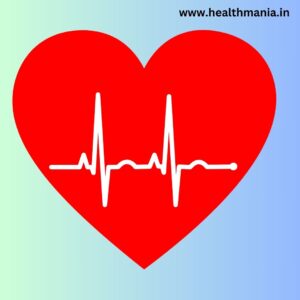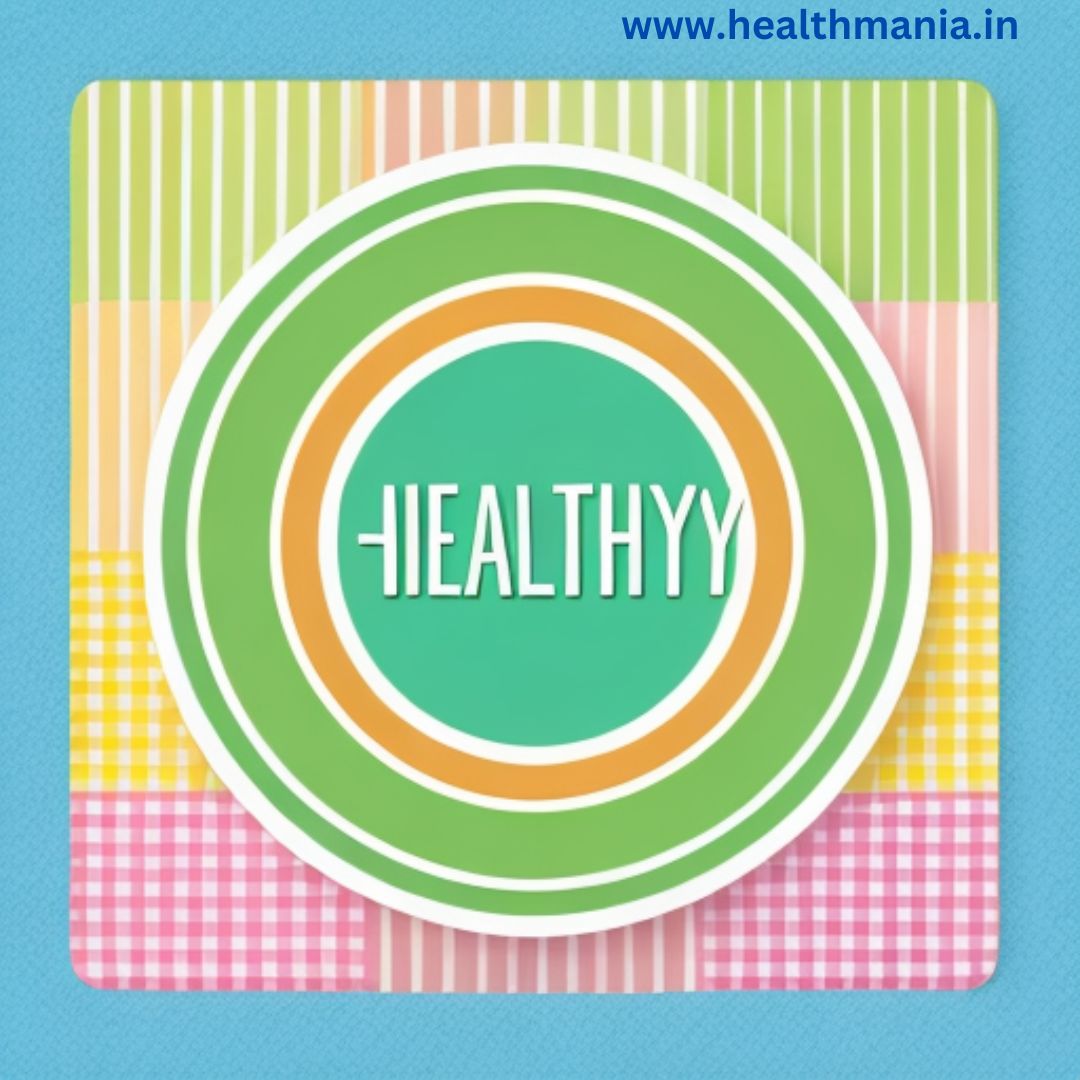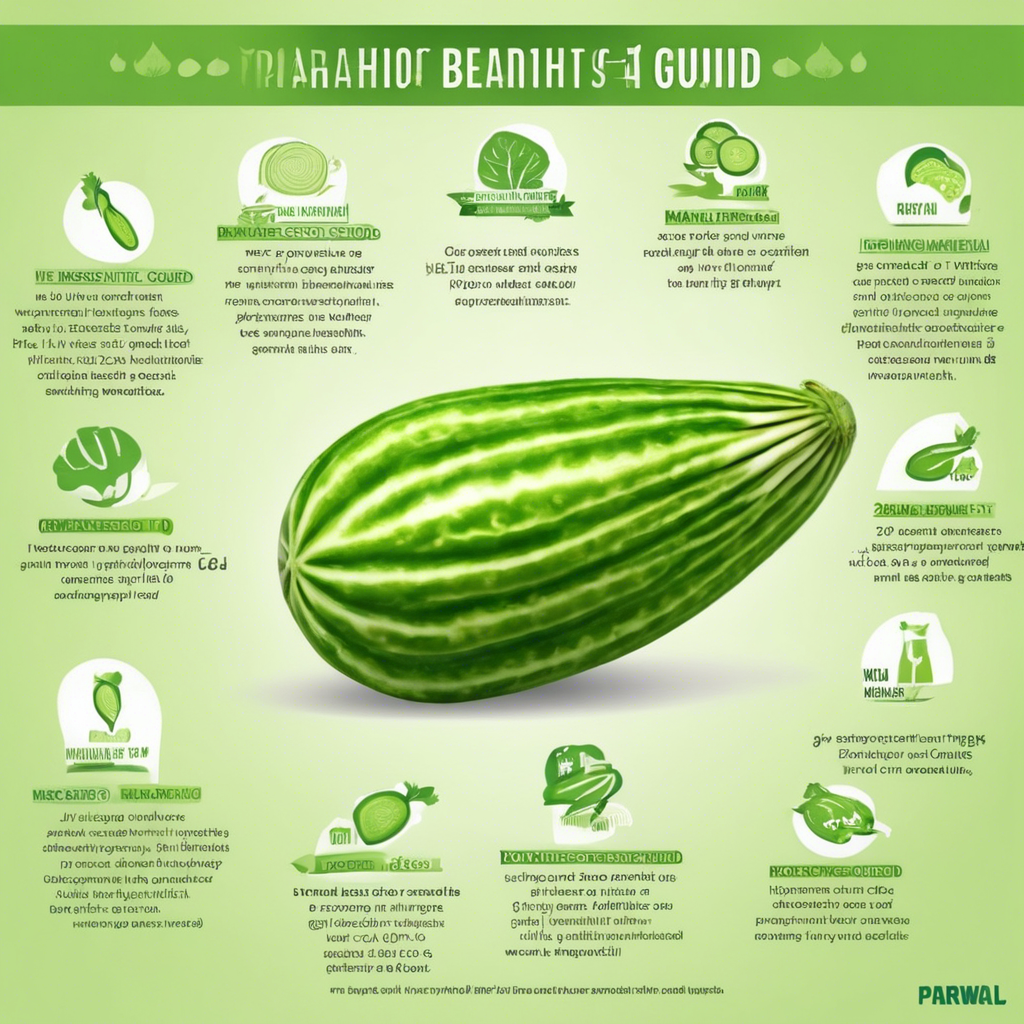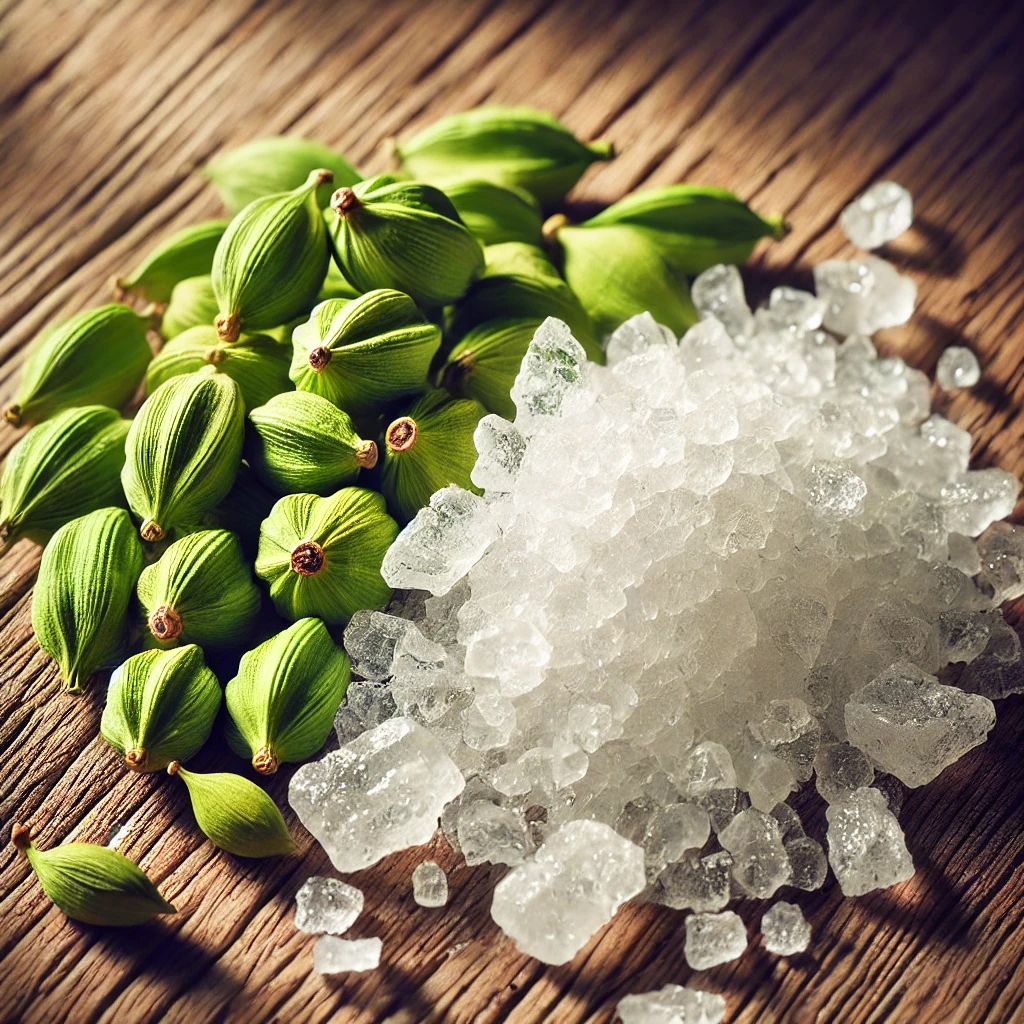The heart is a vital organ in human body, responsible for pumping blood throughout the system. It supplies nutrients and oxygen to the tissues and removes carbon-di-oxide and other wastes from the heart. The heart is located between the lungs, slightly to the left of the center of the chest. It’s about the size of a fist. It consists of four chambers, valves that direct blood flow.

Healthy Diet for heart
1. Take Balanced portion or your meal :
It matters not only what you consume, but also how much of it. Eating until you’re full, piling food on your plate, and taking seconds can all contribute to consuming more calories than you should. Restaurant portions are frequently larger than what is necessary for one person.
To limit food portion size, adhere to a few basic guidelines. You may tone up your diet, heart, and waistline by following these tips:
To assist with portion management, use a small dish or bowl.
Increase your intake of nutrient-dense, low-calorie foods like fruits and vegetables.
Consume foods high in calories and sodium in lesser quantities. Fast food, processed, and refined foods are among them.
It’s crucial to record how many servings you consume as well. Remember the following:
A certain quantity of food is called a serving size. Common measurements like cups, ounces, or bits are used to define it. A portion of spaghetti, for instance, is roughly 1/3 to 1/2 cup, or the size of a fist. A portion of fish, poultry, or meat is typically 2 to 3 ounces. That’s approximately how big and thick a deck of cards is.
A food group’s suggested serving size may change. Depending on the particular diet or rules you’re adhering to.
Serving size estimation is a taught ability. A scale or measuring cups and spoons could be necessary until you feel confident in your judgment.
2. Take more fruits and vegetables :
Fruits and vegetables are excellent providers of vitamins and minerals. They are also high in fiber and low in calories. Like other plants or plant-based diets, vegetables and fruits contain compounds that may help prevent heart disease. Consuming more fruits and vegetables may also assist you in consuming fewer foods high in calories. Meat, cheese, and snack foods are a few instances of high-calorie foods.
It’s simple to increase the amount of fruits and vegetables in your diet. Store chopped and cleaned veggies in the fridge for easy grab-and-go meals. Keep some fruit in your kitchen so you’ll always remember to eat it. Select recipes where the main ingredients are fruits or vegetables. These consist of salads tossed with fresh fruit or stir-fried veggie meals.
3. Reduce Sodium and Salt :
It is a mineral, sodium. Some foods naturally contain it, like celery and milk. Processed goods like bread and soup may also include sodium added by food manufacturers. Consuming a diet heavy in added salt might raise blood pressure. Using table salt, which has sodium in it, can also help.
One of the risk factors for heart disease is high blood pressure. A diet high in potassium and low in salt is essential for heart health. According to the American Heart Association, adults should:
Consume no more sodium than 2,300 mg each day. About a teaspoon of salt is that.
Ideally, limit your daily sodium intake to 1,500 mg.
Reducing the quantity of salt you use when cooking or serving food is a smart idea.
If you enjoy the ease of prepared meals and soups from cans, choose items that have less sodium or no added salt. Foods that claim to have less salt should be avoided. They could still be rich in salt even though they contain less than the original recipe. You might be wondering if sea salt is preferable to ordinary table salt. Sea salt is nutritionally equivalent to ordinary salt.
Making thoughtful condiment selections is another method to consume less sodium. There are many condiments available in lower-sodium varieties. You can flavor meals with alternatives to salt while consuming less sodium.
4. Add whole grains to your meal :
Fiber and other nutrients that are important for heart health and blood pressure regulation can be found in whole grains. Simply replacing refined grain products with whole grains can increase your intake of whole grains. Alternately, try a whole grain that you’ve never had. Whole-grain farro, quinoa, and barley are healthy options. You should consume whole grains for at least half of your diet.
flour made from whole wheat.
Whole-grain bread, ideally made entirely of whole grains or whole wheat.
cereal high in fiber, with at least 5 grams each serving.
Whole grains include buckwheat (kasha), barley, and brown rice.
pasta made from whole grains.
Steel-cut or normal oatmeal.
5. Limit Saturated and Trans Fats:
Reduce intake of red meat, butter, and processed foods. Choose lean meats, fish, and plant-based proteins.
Do Exercise Regularly
• Cardio Exercises: Aim for at least 150 minutes of moderate aerobic activity, such as brisk walking, or 75 minutes of vigorous activity, such as running, each week.
• Strength Training: Include muscle-strengthening activities on two or more days a week.
• Stay Active Throughout the Day: Avoid long periods of inactivity. Take breaks to stand and move around if you have a sedentary job.

Avoid Smoking
• Seek Support: Use resources such as counseling, medication, and support groups to help quit smoking.
• Avoid Secondhand Smoke: Stay away from environments where you might be exposed to smoke.
Manage Stress
• Practice Relaxation Techniques: Techniques such as yoga, meditation, and deep breathing can help reduce stress.
• Stay Connected: Maintain strong social ties and communicate with friends and family regularly.
• Prioritize Sleep: Aim for 7-9 hours of quality sleep per night.
Stay Informed and Educated
• Know the Signs: Be aware of the symptoms of heart disease and seek immediate medical attention if you experience them.
• Stay Updated: Keep informed about new research and recommendations regarding heart health.
Effective Exercise for strong heart
Dancing
Join a dance class or dance at home to your favorite music for 30 minutes. Fun and effective way to get your heart rate up.
Swimming
Swim laps or participate in water aerobics for 30-60 minutes. It is a full-body workout that is easy on the joints.
Running
Start with shorter distances and gradually increase your time and speed. Running is great for improving cardiovascular endurance.
Walking
Aim for at least 30 minutes of brisk walking most days of the week. Low-impact and suitable for all fitness levels.
Cycling
Cycle on a stationary bike or outdoors for 30-60 minutes several times a week. It builds leg strength and endurance without putting much strain on joints.
Flexibility and Balance Exercises
Improving flexibility and balance can support overall fitness and prevent injuries.
1. Yoga
Practice yoga for 30 minutes several times a week, focusing on poses that improve flexibility and strength. Enhances flexibility, strength, and stress reduction.
2. Tai Chi
Join a Tai Chi class or follow online tutorials for 30-60 minutes a few times a week. Improves balance, flexibility, and reduces stress.
Strength Training
Building muscle mass can improve overall health and support cardiovascular function.
1. Weight Lifting
o Benefits: Enhances muscle strength and endurance.
o How to Do It: Use free weights or machines to target major muscle groups. Aim for two sessions per week.
2. Bodyweight Exercises
o Benefits: Can be done anywhere without equipment.
o How to Do It: Include exercises like squats, lunges, push-ups, and planks in your routine.
High-Intensity Interval Training (HIIT)
HIIT involves short bursts of intense exercise followed by rest periods, which can be highly effective for cardiovascular health.
1. HIIT Workouts
o Benefits: Efficient way to improve heart health and burn calories.
o How to Do It: Alternate between 1-2 minutes of high-intensity exercise (like sprinting or jumping jacks) and 1-2 minutes of lower-intensity exercise or rest. Repeat for 20-30 minutes.
Tips for Exercising Safely
• Warm-Up and Cool Down: Always start with a 5-10 minute warm-up and end with a cool-down to prevent injury.
• Stay Hydrated: Drink plenty of water before, during, and after exercise.
• Listen to Your Body: Avoid overexertion and take breaks as needed.
• Consult Your Doctor: If you have any chronic health conditions or are new to exercise, consult your doctor before starting a new exercise program.
Frequency and Duration
• Moderate-Intensity Exercise: Aim for at least 150 minutes of moderate-intensity aerobic exercise per week.
• Vigorous-Intensity Exercise: Alternatively, aim for 75 minutes of vigorous-intensity aerobic exercise per week.
• Strength Training: Include muscle-strengthening activities on two or more days a week.
Be Aware of Heart Attack Symptoms
• Recognize Symptoms: Common symptoms include chest pain or discomfort, shortness of breath, nausea, lightheadedness, and discomfort in other areas of the upper body (arms, back, neck, jaw, or stomach).
• Seek Immediate Help: If you experience symptoms of a heart attack, seek emergency medical attention immediately.
Regular Health Check-ups
• Monitor Blood Pressure: Regularly check your blood pressure and keep it within a healthy range.
• Check Cholesterol Levels: Get your cholesterol levels tested and maintain healthy levels through diet and medication if necessary.
• Diabetes Management: If you have diabetes, manage your blood sugar levels effectively through diet, exercise, and medication.
Implementing these preventive measures can significantly reduce your risk of having a heart attack. It’s important to start with small, manageable changes and gradually incorporate more heart-healthy habits into your lifestyle.




